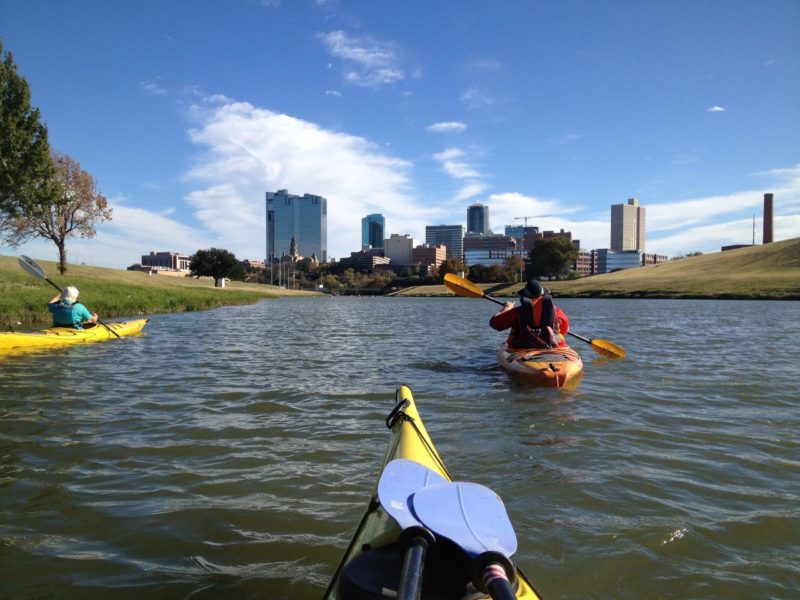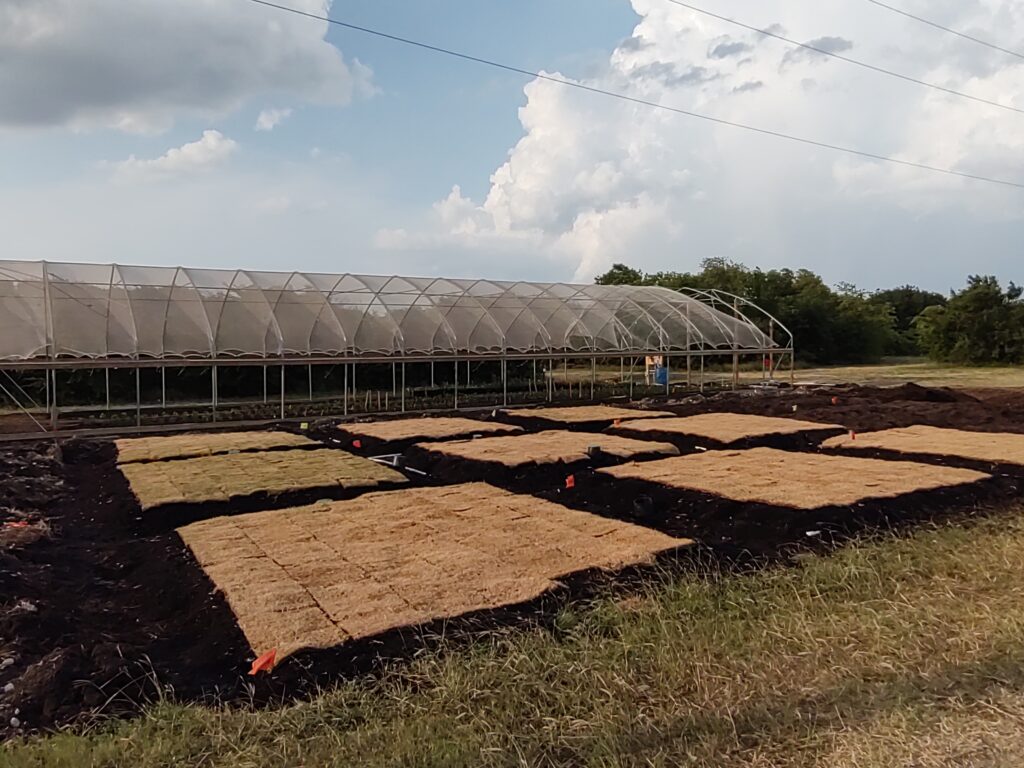Youtube Feed

WATER IS ALIVE | Bioremediation for a healthier planet.
The time for a paradigm shift is upon us.
The current ways we interact with and take advantage of the life-giving forces of our physical surroundings are driving us down the wrong road (just look out your window). These forces — clean, fresh water; healthful air; nutrient-rich soil; and diverse habitat — are continually under threat due to systems and powers that allow for an abuse of contaminants that put every one of us at risk of poor health and wellbeing.
The ultimate mission of Water Is Alive (formed in 2018) is to drive positive action via measurable, proven results. We call it a Win-Win-Win For All. We’re using science to drive us down a path towards a life of harmony, abundance, and regeneration.
We have the power, the resources, and the know-how to implement sustainable self-compliance on a personal and corporate level with real results that can activate us to clean up the earth. For businesses, investing in and reporting on Environmental governance and remediation has become an important part of business life. Our work aligns perfectly with helping companies and organizations realize their sustainability goals while reducing costs across a number of areas; most notably to help clean up and revitalize the vast agriculture and manufacturing sectors of our economy.
PLEASE DONATE TO FUND OUR WORK AND BECOME PART OF OUR DOCUMENTARY PROJECT!
While we receive minimal grants for our work, we rely on the support of engaged citizens like you to fund our on-the-ground work! Please donate today and we’ll keep you up-to-date with our steady progress, solutions, partnerships, and information on what you can do. Want to be part of our film? We’re also working on a documentary project and would love to count you as one of our citizen producers with a donation!
As of Fall 2023, we have received a large grant from the EPA (Environmental Protection Agency) and the United Nations has recognized our invaluable work to augment their Sustainable Development Goals (SDGs). Please see some of our Projects & News below!
At the heart of our work is
the billions-of-years-old fact that the power to metabolize pollution is ‘alive’ in many microorganisms. Water Is Alive was founded to prove that we can use food grade microorganisms grown on agricultural by-products and organic waste to clean up contamination. We have positive results from The Trinity River Bioremediation Project and the bio-filtration methods which can be applied to any impaired waterway. Fresh, clean water is the most important resource in our lives. And it our mission to make sure it’s available and abundant for current and future generations.
Water Is Alive also provides educational services and resources for bioremediation:
Anaerobic fermentation of organic wastes on small, medium and large scale, remediation of soil and water utilizing organic wastes, resources on permitting for waterway and Brownfield remediation, research collaboration efforts and partnerships.
Inspiring you to clean up your local ‘brownfields’ and contaminated waterways:
Our focus is the biological remediation (bioremediation) of soil and water utilizing pre-consumer fruit and vegetable organic wastes as the carrier substrates of beneficial microorganisms that can break down nutrients and contaminants that lead to surface and ground water impairments. Translation: Single celled microbes will eat fruits and chemicals!
We have years of work to get permits in order to demonstrate viable bioremediation and would love to share our knowledge and resources. Remediation is usually very expensive and we can help make your project more affordable and viable!
Join us in learning how to apply these natural remedies to clean up our many brownfields (a.k.a. contaminated plots of land) and our impaired waterways. We can start as soon as today to clean up pollution together.



